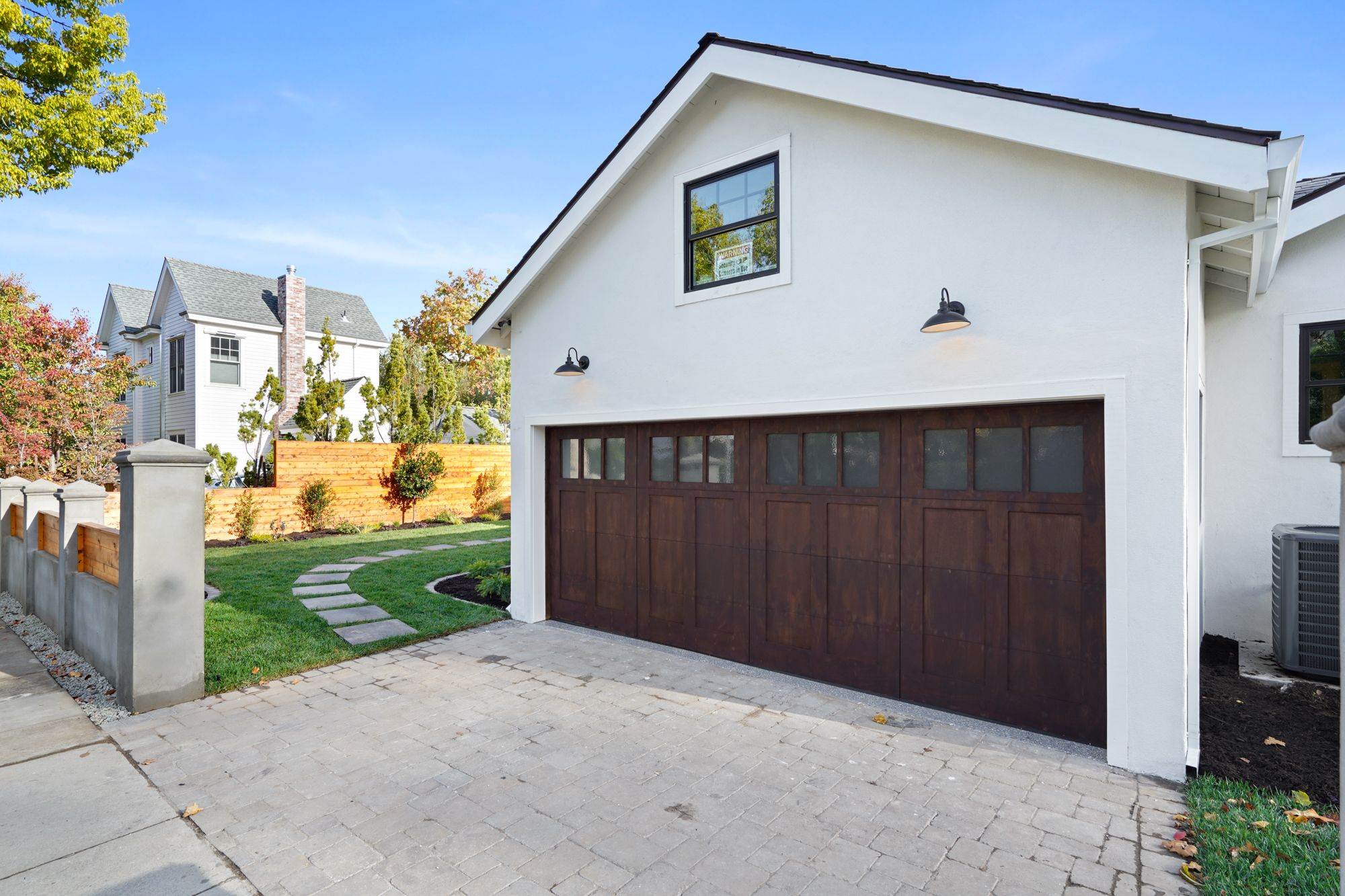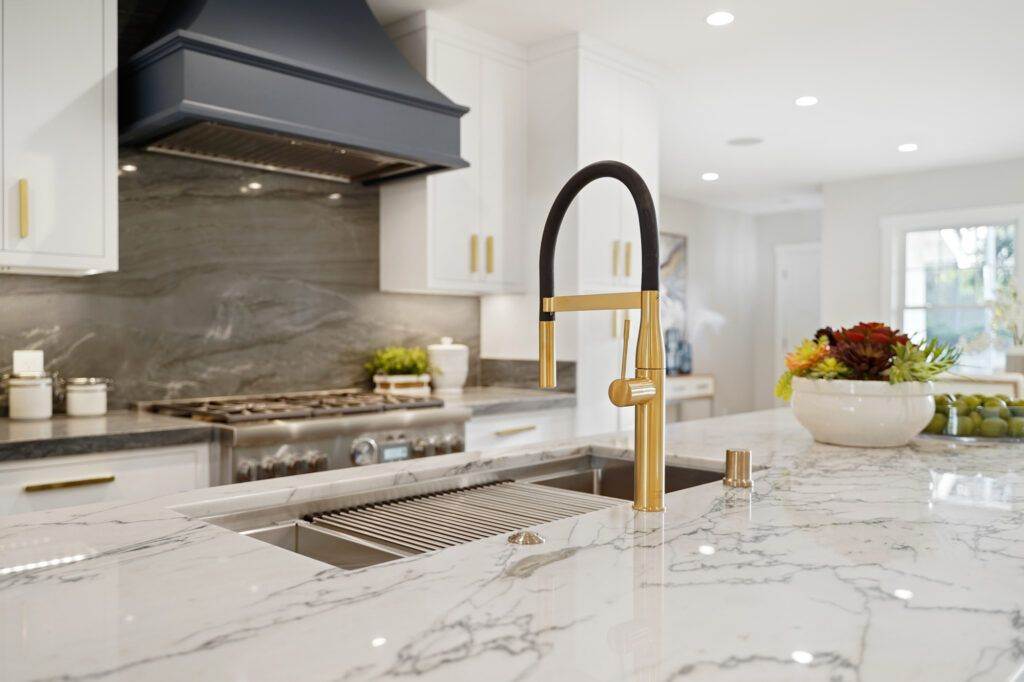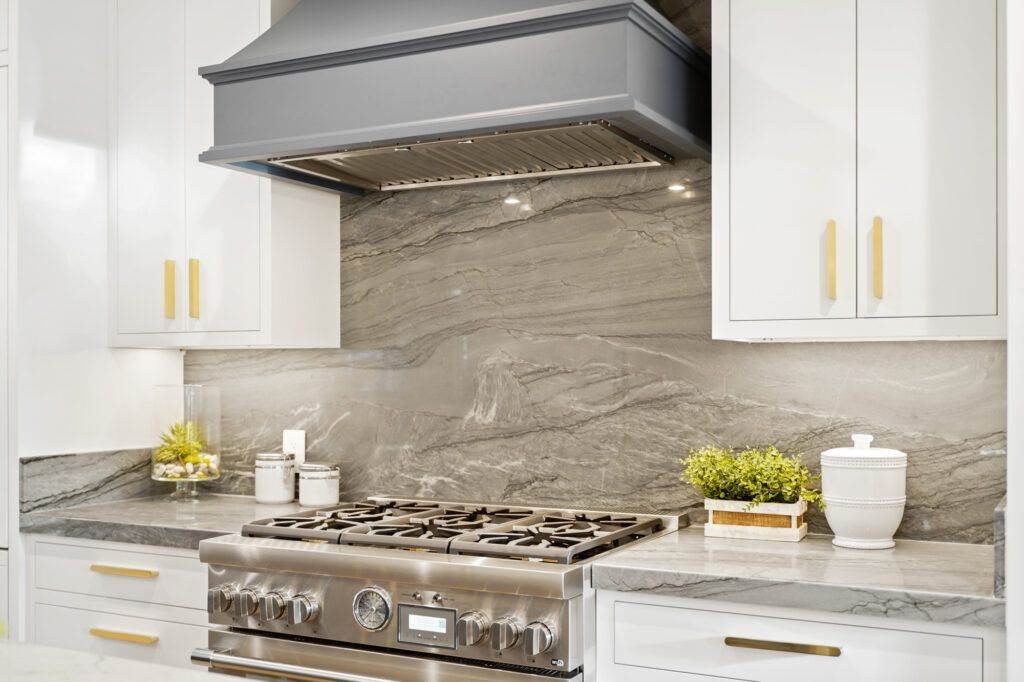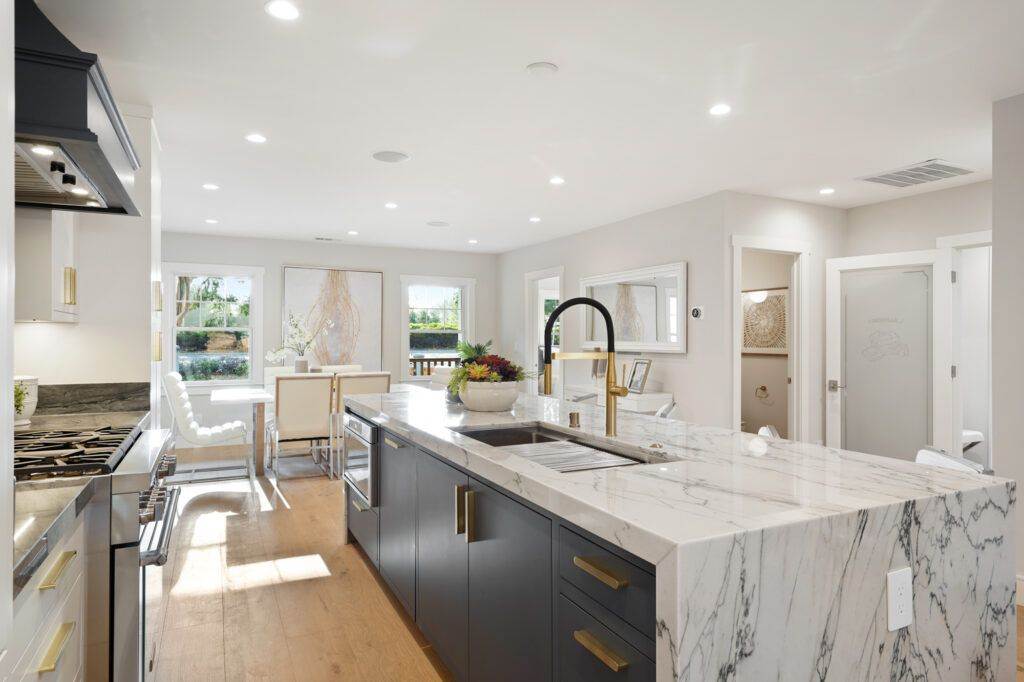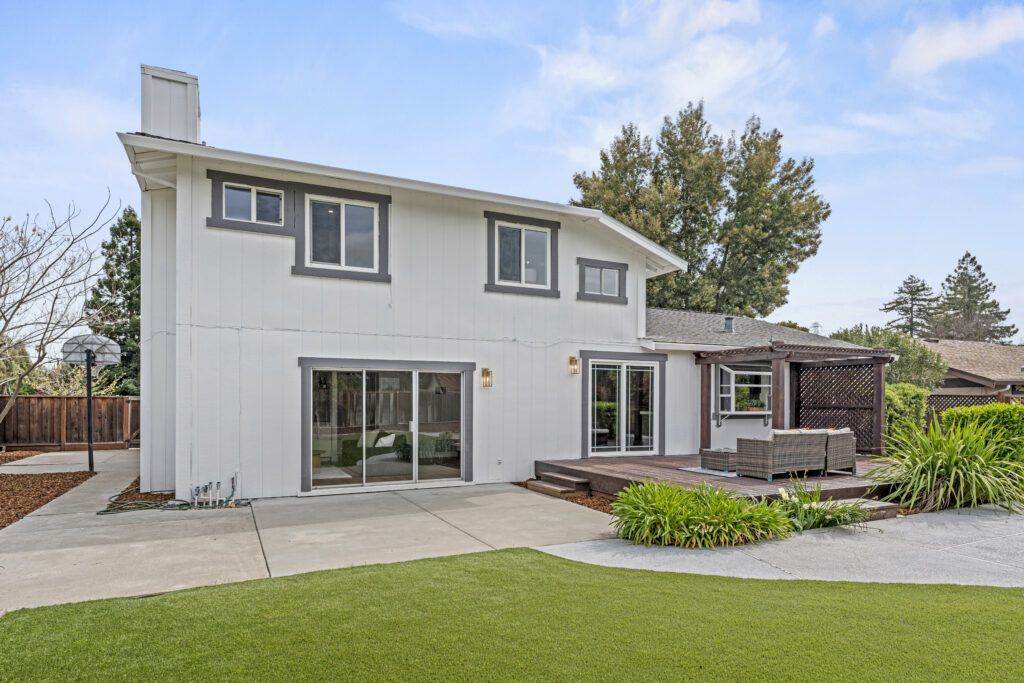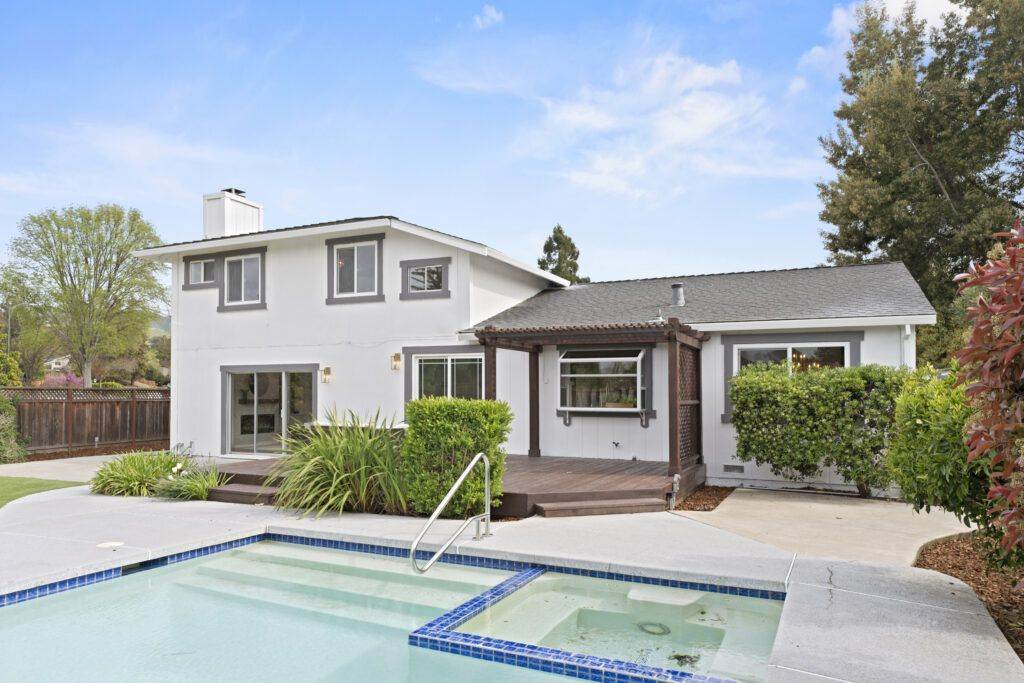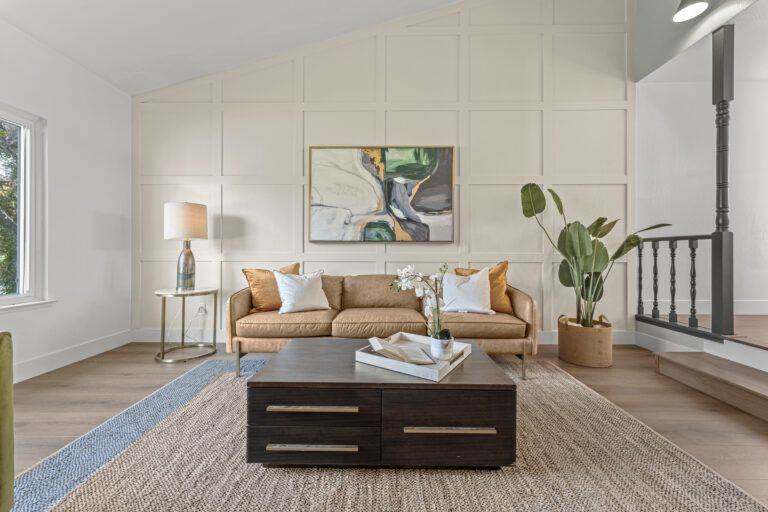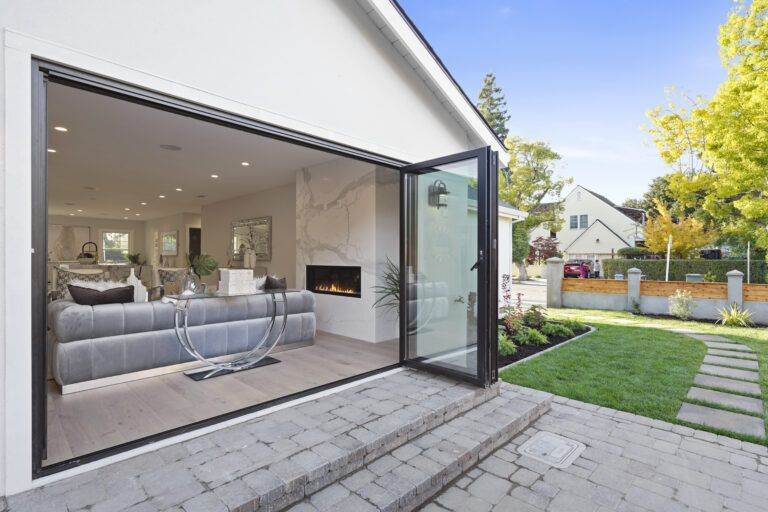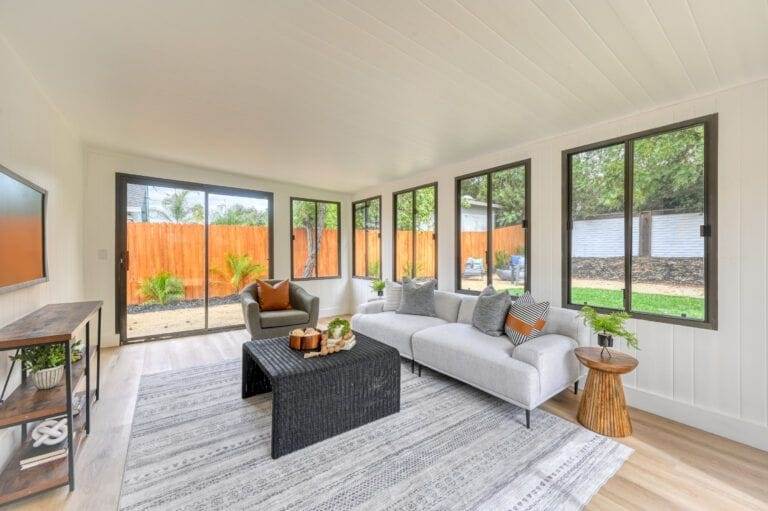Stay Ahead of the Curve: 2024’s Top Design Trends for ADUs
In today’s world, sustainability is a key consideration in all aspects of design, including interior design. Sustainable materials and green design have become increasingly popular as people become more aware of the impact their choices have on the environment. From reclaimed wood and recycled glass to eco-friendly paints and energy-efficient lighting, there are countless options for incorporating sustainable materials into interior design. These materials not only help reduce the environmental impact of a space, but they also add a unique and natural element to the design. In addition to using sustainable materials, green design also focuses on creating spaces that are energy-efficient and environmentally friendly. This can include using natural light to reduce the need for artificial lighting, incorporating energy-efficient appliances, and utilizing passive heating and cooling techniques. By incorporating sustainable materials and green design principles into interior design, designers can create spaces that are not only beautiful and functional but also environmentally responsible.
Sustainable materials and green design have become increasingly important in interior design as people become more conscious of their impact on the environment. From reclaimed wood and recycled glass to eco-friendly paints and energy-efficient lighting, there are countless options for incorporating sustainable materials into interior design. These materials not only help reduce the environmental impact of a space, but they also add a unique and natural element to the design. In addition to using sustainable materials, green design also focuses on creating spaces that are energy-efficient and environmentally friendly. This can include using natural light to reduce the need for artificial lighting, incorporating energy-efficient appliances, and utilizing passive heating and cooling techniques. By incorporating sustainable materials and green design principles into interior design, designers can create spaces that are not only beautiful and functional but also environmentally responsible.
Multi-Functional Furniture and Storage Solutions
In today’s fast-paced world, multi-functional furniture and storage solutions have become essential in interior design. With limited space in urban areas and an increasing focus on minimalism, furniture that serves multiple purposes has become increasingly popular. From sofa beds and storage ottomans to dining tables that double as work desks, multi-functional furniture allows for flexibility and efficiency in small spaces. In addition to multi-functional furniture, creative storage solutions are also essential in maximizing space in a home. This can include built-in shelving, under-bed storage, and wall-mounted organizers. By incorporating multi-functional furniture and storage solutions into interior design, designers can create spaces that are not only stylish but also practical and efficient.
Multi-functional furniture and storage solutions have become essential in interior design as people seek to maximize space in their homes. With limited space in urban areas and an increasing focus on minimalism, furniture that serves multiple purposes has become increasingly popular. From sofa beds and storage ottomans to dining tables that double as work desks, multi-functional furniture allows for flexibility and efficiency in small spaces. In addition to multi-functional furniture, creative storage solutions are also essential in maximizing space in a home. This can include built-in shelving, under-bed storage, and wall-mounted organizers. By incorporating multi-functional furniture and storage solutions into interior design, designers can create spaces that are not only stylish but also practical and efficient.
Smart Home Technology Integration
As technology continues to advance, smart home technology integration has become a key consideration in interior design. From smart thermostats and lighting systems to voice-activated assistants and security cameras, there are countless options for incorporating smart technology into a home. This not only adds convenience and efficiency to daily life but also allows for greater control over the home environment. In addition to adding convenience, smart home technology can also help reduce energy consumption and improve home security. By integrating smart home technology into interior design, designers can create spaces that are not only stylish and functional but also technologically advanced.
Smart home technology integration has become a key consideration in interior design as technology continues to advance. From smart thermostats and lighting systems to voice-activated assistants and security cameras, there are countless options for incorporating smart technology into a home. This not only adds convenience and efficiency to daily life but also allows for greater control over the home environment. In addition to adding convenience, smart home technology can also help reduce energy consumption and improve home security. By integrating smart home technology into interior design, designers can create spaces that are not only stylish and functional but also technologically advanced.
Outdoor Living Spaces and Garden Features
In recent years, there has been a growing trend towards creating outdoor living spaces that seamlessly blend with the interior of a home. From outdoor kitchens and dining areas to cozy seating areas and fire pits, outdoor living spaces have become an extension of the home’s interior. In addition to creating functional outdoor living spaces, garden features such as vertical gardens, water features, and native plantings have also become popular in interior design. These features not only add beauty to the outdoor space but also help create a sense of tranquility and connection with nature. By incorporating outdoor living spaces and garden features into interior design, designers can create homes that are not only stylish and functional but also seamlessly connected with the natural environment.
In recent years, there has been a growing trend towards creating outdoor living spaces that seamlessly blend with the interior of a home. From outdoor kitchens and dining areas to cozy seating areas and fire pits, outdoor living spaces have become an extension of the home’s interior. In addition to creating functional outdoor living spaces, garden features such as vertical gardens, water features, and native plantings have also become popular in interior design. These features not only add beauty to the outdoor space but also help create a sense of tranquility and connection with nature. By incorporating outdoor living spaces and garden features into interior design, designers can create homes that are not only stylish and functional but also seamlessly connected with the natural environment.
Modern and Minimalist Aesthetics
Modern and minimalist aesthetics have become increasingly popular in interior design as people seek clean lines, open spaces, and a sense of simplicity in their homes. This aesthetic is characterized by a focus on functionality, simplicity, and the use of natural materials. From sleek furniture and neutral color palettes to uncluttered spaces and minimal decor, modern and minimalist interiors create a sense of calm and tranquility. In addition to creating a visually appealing space, modern and minimalist aesthetics also promote a sense of mindfulness and intentionality in the home environment. By incorporating modern and minimalist aesthetics into interior design, designers can create spaces that are not only stylish but also promote a sense of peace and serenity.
Modern and minimalist aesthetics have become increasingly popular in interior design as people seek clean lines, open spaces, and a sense of simplicity in their homes. This aesthetic is characterized by a focus on functionality, simplicity, and the use of natural materials. From sleek furniture and neutral color palettes to uncluttered spaces and minimal decor, modern and minimalist interiors create a sense of calm and tranquility. In addition to creating a visually appealing space, modern and minimalist aesthetics also promote a sense of mindfulness and intentionality in the home environment. By incorporating modern and minimalist aesthetics into interior design, designers can create spaces that are not only stylish but also promote a sense of peace and serenity.
Customized and Personalized Design Elements
In today’s world of mass production and cookie-cutter designs, customized and personalized design elements have become increasingly important in interior design. From custom furniture pieces and bespoke lighting fixtures to personalized artwork and unique accessories, these elements add a sense of individuality and personality to a space. By incorporating customized and personalized design elements into interior design, designers can create spaces that reflect the unique tastes and preferences of the homeowners. This not only adds a personal touch to the space but also creates a sense of connection with the environment.
In today’s world of mass production and cookie-cutter designs, customized and personalized design elements have become increasingly important in interior design. From custom furniture pieces and bespoke lighting fixtures to personalized artwork and unique accessories, these elements add a sense of individuality and personality to a space. By incorporating customized and personalized design elements into interior design, designers can create spaces that reflect the unique tastes and preferences of the homeowners. This not only adds a personal touch to the space but also creates a sense of connection with the environment.
Flexible and Adaptable Floor Plans
As lifestyles continue to evolve, flexible and adaptable floor plans have become essential in interior design. From open-concept living areas that can be easily reconfigured to multifunctional rooms that serve multiple purposes, flexible floor plans allow for versatility in how a space is used. This not only adds functionality to the home but also allows for greater adaptability as the needs of the homeowners change over time. By incorporating flexible and adaptable floor plans into interior design, designers can create spaces that are not only stylish but also practical and responsive to the changing needs of the homeowners.
As lifestyles continue to evolve, flexible and adaptable floor plans have become essential in interior design. From open-concept living areas that can be easily reconfigured to multifunctional rooms that serve multiple purposes, flexible floor plans allow for versatility in how a space is used. This not only adds functionality to the home but also allows for greater adaptability as the needs of the homeowners change over time. By incorporating flexible and adaptable floor plans into interior design, designers can create spaces that are not only stylish but also practical and responsive to the changing needs of the homeowners.
In conclusion, sustainable materials, multi-functional furniture, smart home technology integration, outdoor living spaces, modern aesthetics, customized design elements, and flexible floor plans are all essential considerations in contemporary interior design. By incorporating these elements into their designs, designers can create spaces that are not only stylish but also functional, efficient, environmentally responsible, technologically advanced, connected with nature, peaceful, reflective of individual tastes, personalities, adaptable to changing needs over time.
Incorporating these elements into contemporary interior design allows for the creation of spaces that are not only stylish but also functional, efficient, environmentally responsible, technologically advanced, connected with nature, peaceful, reflective of individual tastes and personalities, and adaptable to changing needs over time. This holistic approach to design ensures that the spaces are not only visually appealing but also contribute to the well-being and sustainability of the occupants and the environment.

